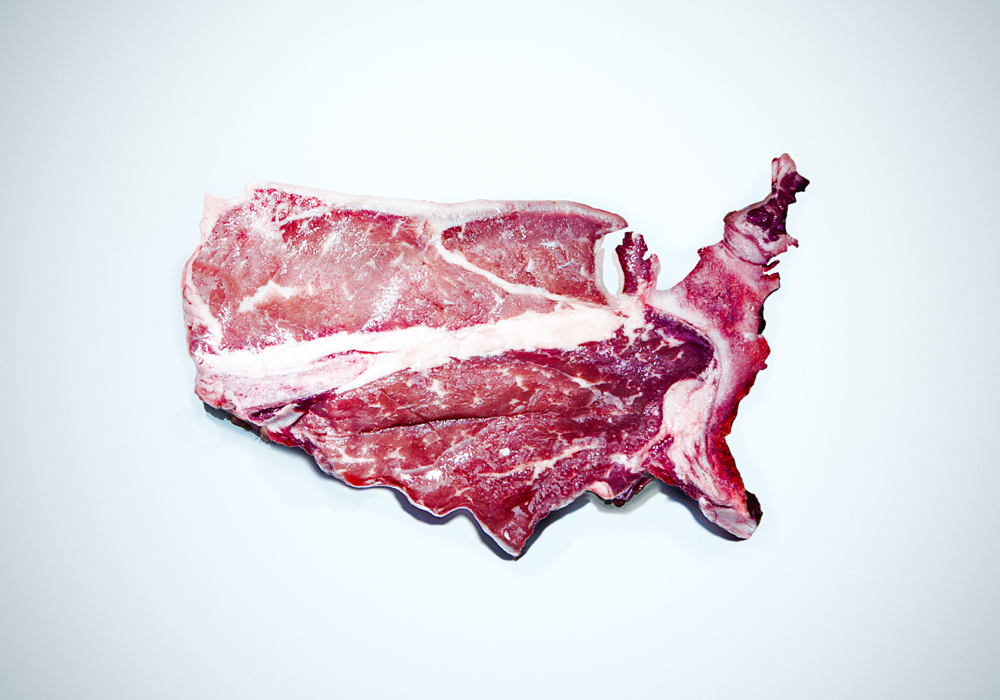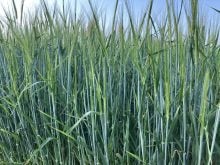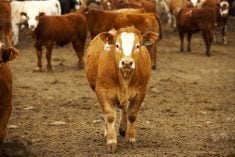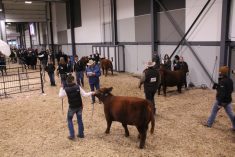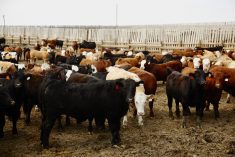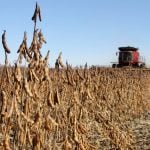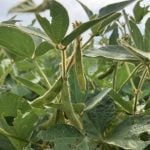The shrinking U.S. beef cow herd is raising more concern in the beef industry. Many observers wonder whether there will be enough cattle in the next two years to fill feedlots and beef processing plants and enough beef to satisfy consumer demand. There are no signs that producers have stopped sending more beef cows to slaughter or have begun to retain more heifers.
My discussions with producers and analysts over the past month paint a bleak picture of increased drought conditions in more parts of the U.S. Most people are convinced that any expansion of the herd will not begin until 2026 and say it will be slower than in previous cattle cycles. The feeder cattle and calf supply outside feedyards is expected to continue declining, as the cow inventory is expected to log another drop, says Andrew Gottschalk, HedgersEdge.com. The annual cow harvest in 2024 is expected to decline by approximately 877,000 head from the previous year. Additional liquidation is expected next year, albeit at a more moderate pace, he says.
The annual cow harvest next year may drop by another 400,000 head, says Gottschalk. Mother Nature still has her hand on the throttle for possible herd expansion. The cow-calf sector has benefited and profited during the past couple of years, which would normally bring an end to liquidation. But profitability may not be able to overcome adverse grazing conditions. Thus, any herd expansion is likely to be slow to develop, he says.
Read Also
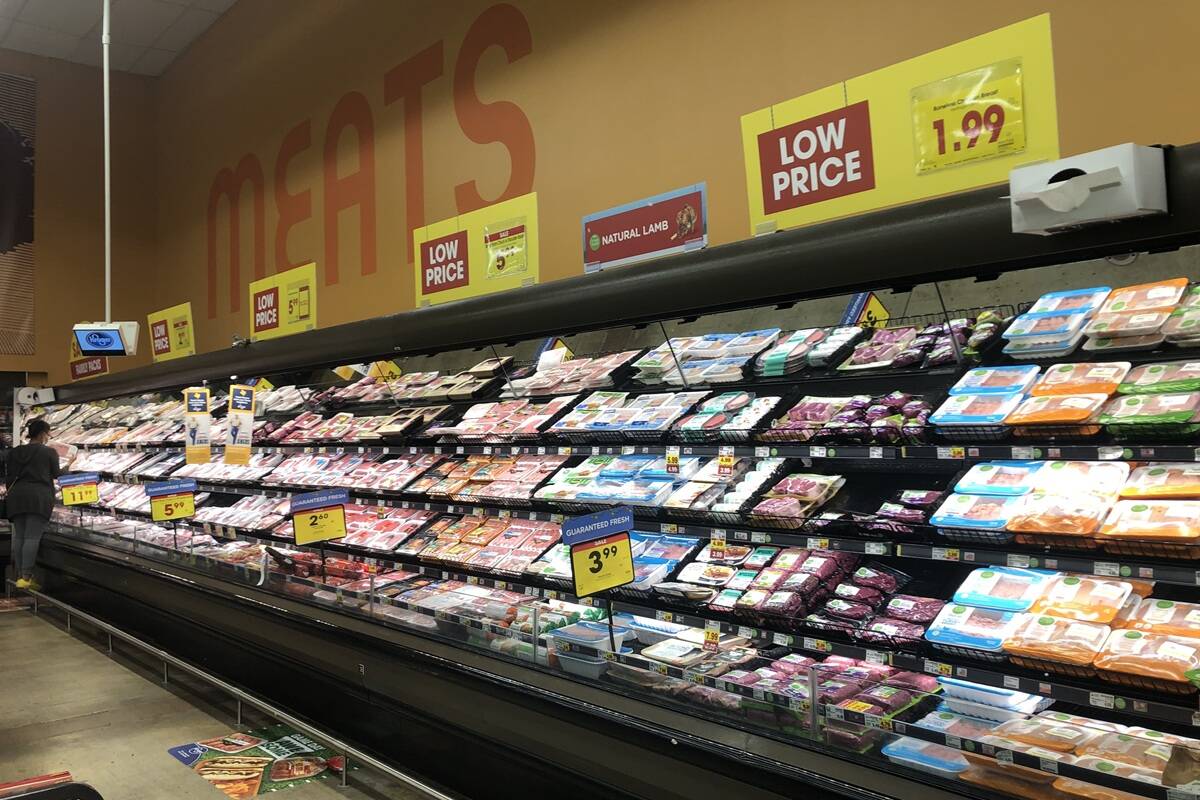
U.S beef industry faces demand risks and disease dangers
High beef prices and New World screwworm threaten beef demand and cattle health in the U.S.
Total U.S. cattle slaughter in 2024 is on track to be 1.3 million head lower than the 2023 total of 34.32 million head, says Gottschalk. The cow harvest for the year 2024 to October 5 was down 776,400 head from the same period last year. At this rate, the annual cow harvest would decline by approximately 1.028 million head from 2023’s total. This would imply that the reduction in the annual cow harvest would comprise 83 per cent of the reduction in this year’s total harvest. The balance belongs to steers and heifers, he says.
The industry’s other big issue is that the average age of a rancher is getting higher every year. So, it is little wonder that some of the brightest minds in the industry are increasingly concerned about how to attract a new generation of people into the business. Reports also abound as to the shrinking number of men and women who are deciding to take over the family ranch when their parents retire.
That’s one reason why groups like the National Cattlemen’s Beef Association have been pressing for years for the federal government to change the law regarding death taxes. NCBA last January said it strongly supports the Death Tax Repeal Act, led by Reps. Randy Feenstra (IA) and Sanford Bishop (GA). The Senate companion bill is led by Sen. John Thune (SD). Repealing the federal estate tax, also known as the Death Tax, is a top priority for NCBA.
It is unconscionable for cattle producers to face a tax that forces them to sell all or part of their family’s farm or ranch due to the death of a family member, said NCBA president Todd Wilkinson. With the cost of farmland rapidly rising, the death tax presents a significant threat to the future of family farms and ranches. Most cattle producers have significant assets but are cash-poor and operate on thin margins, leaving them with few options when they are saddled with an unexpected tax liability, he said. All this makes repeal of the death tax all the more urgent.

